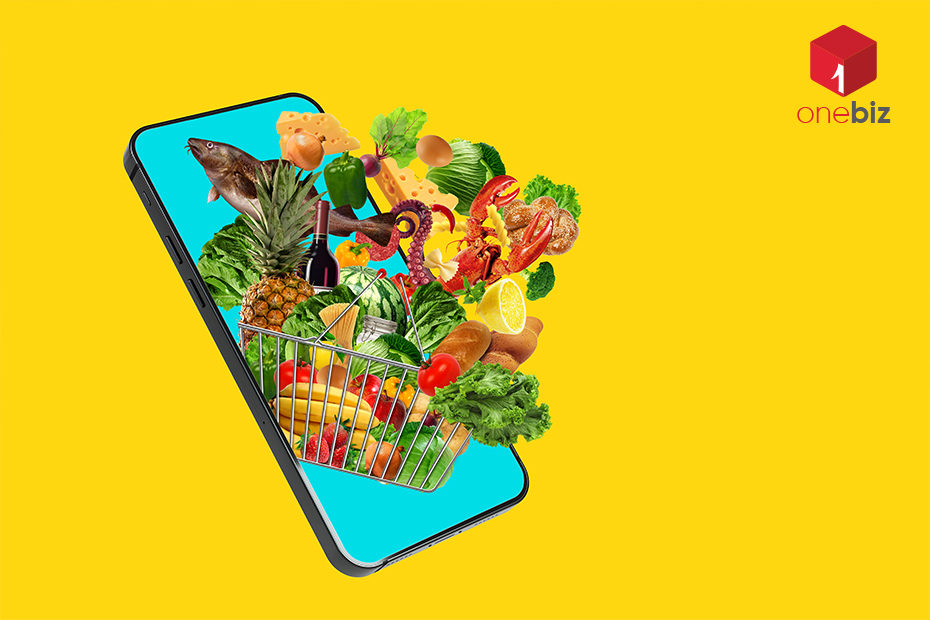In today’s fast-paced society, the integration of Grocery Shopping & Food Delivery applications has significantly impacted our daily routines. The ease of ordering a meal using our smartphones and having it delivered to our doorsteps has transformed the dining experience. However, the surge in popularity of these applications has also raised concerns regarding the safety and security of personal and financial data.
For developers and entrepreneurs involved in the creation or management of a Grocery and Food Ordering Application, ensuring the protection of users’ data is of utmost importance.
In this blog post, we will delve into essential measures to enhance the safety and security of your food ordering application, safeguarding both your users and your business.
VITAL RECOMMENDATIONS TO ENHANCE SAFETY OF YOUR GROCERY AND FOOD ORDERING APP
Data Security Measures:
Employing robust data encryption is a fundamental aspect of application security. Ensure that sensitive data, such as user credentials, payment details, and order histories, are encrypted during transmission and while at rest. Implement strong encryption protocols, like HTTPS, to secure communication between the app and your servers. Additionally, store encrypted data on your servers.
Secure User Authentication:
Implement secure authentication mechanisms to protect user accounts. Integrate multi-factor authentication (MFA) to provide an additional layer of security. Encourage users to create strong, unique passwords and regularly update them. Consider integrating social media login options to add an extra layer of security through trusted authentication providers.
Regular Security Assessments:
Conduct frequent security audits of both your app and server infrastructure. Identify vulnerabilities and promptly address them. Engage security experts to conduct penetration testing and uncover potential weaknesses that could be exploited by hackers. Regular updates and patches are essential to stay ahead of emerging threats.
Respecting User Data Privacy:
Demonstrate respect for your users’ privacy by adhering to data protection regulations, such as GDPR or CCPA, based on your target audience. Clearly communicate your data collection practices and obtain explicit consent when necessary. Maintain transparency regarding the use and storage of user data, and allow users to manage their data through privacy settings.
Secure Payment Handling:
If your application handles payments, collaborate with reputable payment gateways that adhere to industry-standard security measures. Avoid storing sensitive payment information on your servers; instead, rely on tokenization or trusted third-party payment processors to securely handle transactions.
User Education:
Educate users about safe practices while using your application. Encourage the creation of strong passwords, discourage the sharing of login credentials, and promote regular password changes. Offer guidance on identifying phishing attempts or suspicious activities.
Regular Application Updates:
Keep your application up to date with the latest security patches and enhancements. Encourage users to update their application versions to ensure they benefit from the most recent security improvements.
Ensuring the safety and security of your grocery and food ordering application is crucial for building trust with your users and safeguarding your business reputation. By implementing robust security measures, you can significantly reduce the risks of data breaches, fraud, and other cyber threats. Remember, security is an ongoing process, and vigilance is essential to maintain a safe and secure food ordering application. Prioritize your users’ privacy and security, and you’ll not only earn their trust but also position your application for long-term success in the competitive food delivery market.
